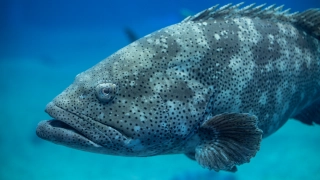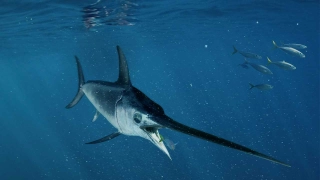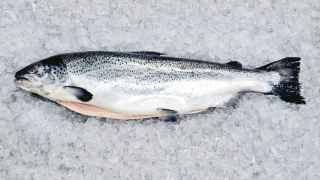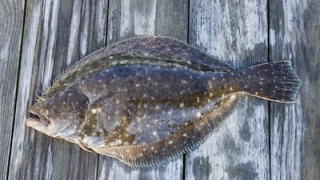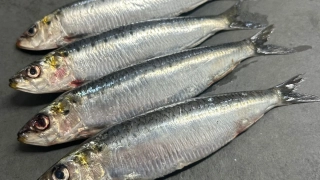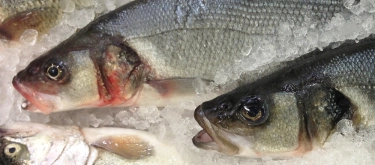Snapper: Taste Profile, Aroma, Benefits and Health Risks
Snapper (also called pink snapper, Pagrus auratus) is one of the most iconic fish in Australian waters and cuisines. Despite the name, it belongs to the seabream family rather than true snappers. Highly prized for its delicate taste and versatile flesh, snapper has a long tradition in both Indigenous Australian diets and modern gastronomy.
Snapper is generally safe for most people, but those with fish allergies should avoid it. It contains moderate mercury levels; pregnant women and children are advised to consume it in limited amounts.
What does Snapper taste like?

Complete Sensory Description
-
Taste: Mild, slightly sweet, with a clean flavor that makes it approachable even for those not fond of strong fish tastes.
-
Aroma: Fresh, faintly oceanic, subtle rather than pungent.
-
Texture: Medium-firm, moist, with fine flakes; retains structure well when cooked.
-
Appearance: White, slightly pinkish raw flesh, turning opaque white when cooked; the skin is pink with distinctive blue spots.
In-depth Flavor Analysis
Snapper’s mild sweetness is linked to the presence of amino acids such as glycine and glutamic acid, which enhance umami. The balance of lean protein and moderate lipid levels gives it a lighter mouthfeel than oily fish like mackerel but with more richness than very lean fish like cod. When grilled or baked, the Maillard reaction produces subtle caramel-like notes, deepening the savory profile. Regional differences occur: wild-caught snapper from cooler waters may have a firmer texture and slightly brinier undertone, while farmed or warmer-water snapper tends to be softer with milder flavors.
Varieties and Culinary Applications
-
Pink Snapper (common in Australia): prized for delicate taste and firm flesh.
-
Other “snapper” species: names vary globally, but Australian cuisine predominantly features Pagrus auratus.
Culinary uses:
-
Grilled whole with herbs and citrus.
-
Baked in salt crust to preserve moisture.
-
Sashimi-style raw preparation (when extremely fresh).
-
Steamed with Asian aromatics like ginger and soy.
-
Pan-fried fillets with butter and garlic.
Selection and Storage
-
Look for bright, clear eyes and firm, resilient flesh.
-
Fillets should have a translucent, slightly pink hue.
-
Store chilled at 0–4°C and consume within 2 days.
-
Freezing at –18°C preserves quality for longer storage, though texture may soften slightly.
Nutritional Insights
Snapper is a lean source of protein with moderate amounts of omega-3 fatty acids. It provides selenium, vitamin B12, and potassium, supporting cardiovascular health, metabolism, and nerve function. Its lower fat content makes it suitable for low-calorie diets while still delivering beneficial nutrients.

Expert Insights & Culinary Tips
Chefs recommend leaving the skin on when cooking, as it crisps beautifully while protecting the moist flesh. Snapper’s mildness pairs well with bold flavors—such as chili, coriander, or Mediterranean herbs—without overpowering the dish. It is also a favorite for festive whole-fish presentations.
Interesting and Curious Facts
-
Despite the name, pink snapper is not a true snapper but part of the seabream family.
-
It is deeply embedded in Australian recreational fishing culture, often targeted for sport.
-
In Japan and Australia, snapper is associated with celebrations due to its bright color and mild taste.
Harm and Dietary Considerations
-
Contains mercury at moderate levels; safe in moderate amounts, but pregnant women should avoid frequent consumption.
-
Overconsumption in fried form can increase fat intake, reducing health benefits.
Religious Dietary Considerations
Snapper is acceptable in Islamic (halal) and Jewish (kosher, if scaled properly) diets. In Hindu and Buddhist practices where fish is permitted, snapper poses no restriction.
Sustainability & Fishing Practices
-
Wild snapper in Australia is carefully regulated with quotas, size limits, and seasonal restrictions to ensure healthy populations.
-
Recreational fishing is popular, and strict catch rules help prevent overfishing.
-
Some regions report stock pressures due to popularity, but ongoing monitoring and management aim to maintain sustainability.
-
Consumers are encouraged to buy snapper from certified sustainable fisheries.
Final Thoughts & Sensory Journey
Snapper offers a refined yet approachable seafood experience. Its mild sweetness, versatile texture, and cultural importance in Australia make it both a household favorite and a restaurant staple. Balancing taste, nutrition, and sustainability, snapper remains one of the most celebrated fish in modern gastronomy.
Resources
-
Kailola, P. J. et al. (1993). Australian Fisheries Resources. Bureau of Resource Sciences.
-
FAO Fisheries and Aquaculture Report on Pagrus auratus.
-
Fisheries Research and Development Corporation (FRDC), Australia: Snapper Stock Assessments.
-
Ward, R. D. (2016). Fishery genetics and conservation of snapper stocks. Marine Policy Journal.
